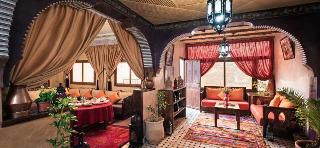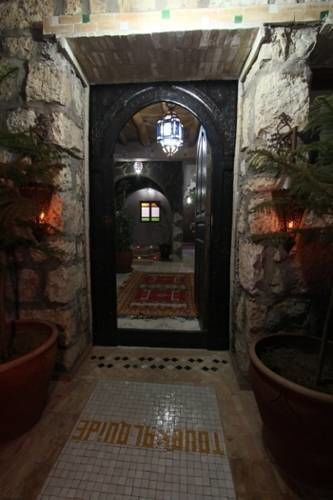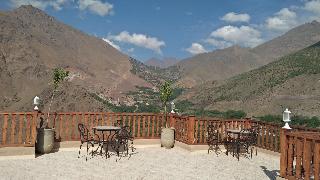
イムリルホテル検索結果
AIが見つけた軒のホテルの最安値をご覧ください。
ベストホテル
最安値のホテル
ホテル等級
AIおすすめ
イムリルベストホテル
イムリル 最低価格のホテル
最高評価のホテル
イムリルにある4つ星ホテル
イムリルにある3つ星ホテル
AIがおすすめする世界の旅行先
イムリル近くのホテル情報
イムリル 旅行に欠かせない情報
Imlil is a small village in the high Atlas Mountains of Morocco. It is 1,800 metres (5,900 ft) above sea level. A portrait of Imlil and the problems and prospects of Morocco's mountain populations appeared in 1984 in the book by James A. Miller called Imlil and published by Westview Press. It is close to the mountain Jebel Toubkal, the highest peak in Northern Africa. http://imlil-trekking.com makes a good base for attempting to summit Toubkal as it lies at the end of the tarmac road, and is a natural place to hire mountain guides and mules for the onward trek.
Imlil is the centre of mountain tourism in Morocco due to its unique position. From here, 90% of visitors head up to Toubkal, the highest mountain in Morocco.
Imlil is connected to Asni and Ikkiss by tracks. Open-back trucks provide a bus service several times a week between these three villages Imlil makes a good base for attempting to summit Toubkal.
Imlil as a village is a relatively new creation. It was created to cater for the number of tourists pouring through en route to Toubkal. The original communities still exist in the valleys around Tamatert, Ait Souka, Tagadirt, Tacheddirt, Acheim, Taourirt n'Ait Mizane, Mzikene and Arhrene.
Before the advent of mountain tourism, the Imlil area was well known for its walnuts, apples and cherry production. While these are still important to the local economy, these have been eclipsed by tourism. Both mountain tourists and Moroccans come to Imlil seeking a cool relief from the heat of the Haouz.
The Film 'Seven years in Tibet' was partly filmed in the village.
On 17 August 1995, following 70 millimetres (2.8 in) of rainfall in just 2.5 hours, the village of Imlil was catastrophically flooded. A six-metre wall of water washed down the surrounding valleys, with a reported 27 times the average volume of water. Official figures state that up to 150 people, including 20-60 tourists, were killed. Forty vehicles parked near the river were washed away. The villagers ex
 時間 UTC+01
時間 UTC+01 通貨 MAD
通貨 MAD 言語 Arabic, Berber , French
言語 Arabic, Berber , FrenchStaypiaだけの特別な特典
リアルタイムホテル最安値比較
AIが見つけたin イムリルの軒のホテルのリアルタイム最安値を簡単に比較検索できます。
316万軒のホテルを最安値で予約
最低価格に最大31%追加メンバーシップ割引でさらにお得にご予約いただけます。
自分だけの
AIがリアルタイムで更新するイムリル旅行情報で便利に旅行を準備しましょう。
よくある質問
一般的なホテルの場合、客室予約はキャンセル締切日前まで無料返金が可能です。キャンセル締切日以降は手数料が発生する場合がありますので、ホテルバウチャーまたはメニュー>マイ予約でキャンセル締切日をご確認ください。
ステピアでは、AIが収集した316万件のホテルの最安値はもちろん、会員限定の追加割引価格で人気ホテルを予約することができます。











